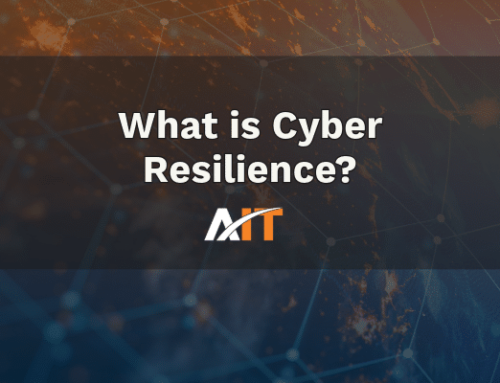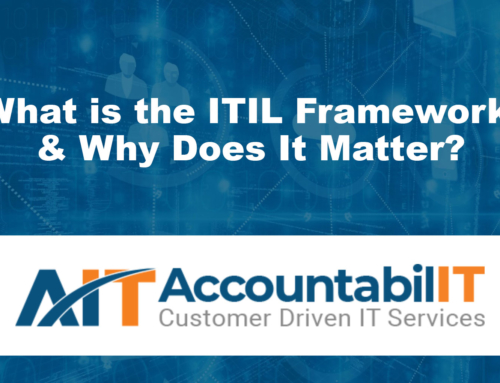What Is Digital Transformation?
Digital transformation is the process of integrating digital technology into every area of your organization to improve operations, deliver value to customers, and remain competitive in an evolving marketplace.
This shift involves far more than just adopting new tools. It’s about reimagining workflows, restructuring internal processes, and embracing a digital-first culture.
Whether you’re a growing, medium-sized organization or a large enterprise, crafting a robust digital transformation strategy ensures long-term business agility, efficiency, and relevance.
Why Is Digital Transformation Important in 2025?
With customer expectations growing and technologies advancing rapidly, businesses can no longer afford to operate on outdated systems or static processes.
A well-executed digital transformation strategy helps your business:
- Reduce operational costs
- Automate workflows
- Improve employee productivity
- Enhance customer experiences
- Future-proof your operations
Emerging Trends Shaping Digital Transformation
Stay ahead by aligning your strategy with these dominant trends:
- AI & Machine Learning: CEOs now rank AI as critical to staying competitive. Use it for data analysis, automation, and predictive modeling.
- Robotic Process Automation (RPA): Eliminate manual tasks and reduce errors across departments like finance, HR, and logistics.
- Cloud-First Infrastructure: Migrate to cloud platforms to scale on-demand and enable hybrid or remote workforces.
- Zero Trust Cybersecurity: Secure every access point and user identity as part of your digital ecosystem.
How to Create a Digital Transformation Strategy: 8 Key Steps
1. Assess Your Current State
Before transforming anything, evaluate where your organization stands:
- Are your systems outdated?
Are you still running applications on unsupported platforms like Windows Server 2012 or legacy SQL databases that no longer receive security patches?
Do your systems lack integration capabilities with modern tools, requiring manual data entry between platforms?
Is your infrastructure unable to scale quickly in response to business needs, such as spikes in traffic or new project demands?
- Where are your inefficiencies?
Are employees spending excessive time on routine tasks like manually entering customer data or generating reports that could be automated with AI or RPA (Robotic Process Automation)?
Do internal approval processes rely on physical paperwork or disconnected spreadsheets, delaying decision-making?
Is your helpdesk overwhelmed due to a lack of self-service support tools or knowledge bases?
- What digital capabilities already exist?
Do you have Microsoft 365, Azure, or Defender licenses but only use basic functions like email and Word?
Are there underused tools in your tech stack that could improve collaboration, such as Microsoft Teams for remote communication or Power BI for real- time insights?
Have you adopted cloud platforms but failed to migrate critical apps or data, leaving you in a costly hybrid state?
Then, evaluate the following core areas with examples:
- Revenue Models:
Are you relying on outdated billing systems that don’t support recurring revenue or subscription models?
- Customer Touchpoints:
Is your customer service still email-only while competitors use integrated chatbots or self-service portals?
- Infrastructure:
Are your networks scalable and secure, or are you constantly reacting to downtime and patch issues?
- Operations:
Are departments using disconnected tools (e.g., spreadsheets instead of centralized ERP or CRM systems) that hinder collaboration?
- Internal Skill Sets:
Is your team equipped for change, or do they need training in cloud platforms, cybersecurity practices, or automation tools?
2. Set Clear Goals
Use SMART goals (Specific, Measurable, Achievable, Relevant, Time-bound) to define your transformation outcomes, such as:
- Increase automation by 40% in 12 months
- Migrate 90% of infrastructure to the cloud
- Improve customer onboarding time by 50%
Align these goals with your long-term business vision.
3.Build Your Roadmap
Create a phased plan that includes:
- Short-term wins (quick digital fixes)
- Mid-term projects (infrastructure modernization)
- Long-term innovation (AI, big data, etc.)
Assign KPIs and responsibilities to ensure accountability.
4. Engage Stakeholders Early
Digital transformation affects every department. Gain buy-in from:
- C-level executives
- Department heads
- Front-line employees
Include training, change management, and regular updates to ensure alignment and enthusiasm.
5. Choose the Right Technologies
Prioritize platforms that offer scalability, security, and integration:
- Cloud computing for agility
- AI tools for real-time insights
- Automation software for process efficiency
- IoT for operational responsiveness
Don’t go it alone—partner with experts like AccountabilIT to ensure secure implementation and alignment with your broader IT roadmap.
6. Embrace Agile Operations
Traditional business models are too rigid for today’s speed. Transition to agile methodologies to:
- Respond to market shifts faster
- Iterate on new tools and products
- Empower cross-functional teams to innovate
7. Implement a Change Management Plan
Change can be disruptive. Smooth the transition with:
- Transparent communication
- Upskilling and digital literacy programs
- Feedback channels and cultural ambassadors
- Support desks or transformation leaders
8. Track Progress and ROI
Use metrics such as:
- Cost reduction
- Operational efficiency
- Employee adoption rate
- Customer satisfaction
- Revenue impact
Adjust your strategy based on real-time insights, not assumptions.
Common Pitfalls & How to Overcome Them
Challenge: Lack of IT Talent
Solution: Outsource to experienced MSPs like AccountabilIT or reskill internal teams through structured learning programs.
Challenge: Budget Restrictions
Solution: Prioritize projects by ROI and start with scalable solutions. Use cloud-based services that grow with your business.
Challenge: Unclear Vision
Solution: Revisit your business goals. If you can’t connect digital initiatives to outcomes, pause and realign.
Challenge: Resistance to Change
Solution: Communicate benefits early. Involve employees in decisions and provide plenty of support throughout the transition.
FAQs About Digital Transformation Strategy
1. What’s the difference between digitization and digital transformation?
Digitization is converting analog data into digital. Digital transformation changes how a business operates using digital tools.
2. How long does a digital transformation take?
It varies by business size and complexity. Most organizations see significant change within 12–24 months, but full transformation is ongoing.
3. Who should lead digital transformation in a company?
Ideally, a Chief Digital Officer or CIO, in close partnership with the CEO, IT leaders, and department heads.
4. What industries benefit most from digital transformation?
While all industries can benefit, it’s especially vital in finance, healthcare, manufacturing, retail, and technology.
5. How do I know if my transformation is working?
Use KPIs like cost savings, uptime, customer engagement, employee adoption, and system performance to track progress.
Ready to Build Your Digital Future?
At AccountabilIT, we help organizations like yours turn strategy into success. Whether you’re modernizing infrastructure, integrating AI, or migrating to the cloud—we’re here to guide every step of the way.
Contact us today to build your tailored digital transformation roadmap.



